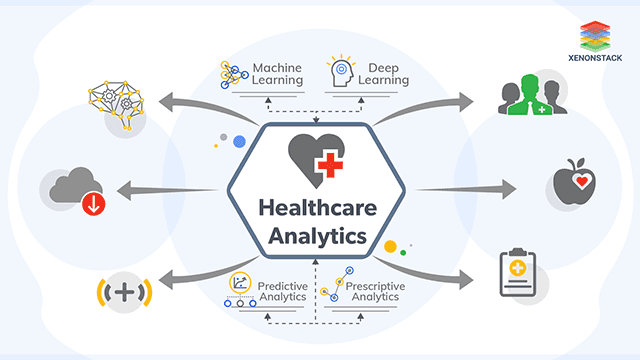
Amazon Prime services debut AR in the UEFA champions league to display real-time player performance statistics and tactical analysis to predict in game results. (Noble, 2025)
Augmented reality (AR) has made its debut in the world of football broadcasting with ‘Amazon prime’ services introducing real time data of player performance and match prognostics to increase youth engagement (Clover, 2025), but at what long term cost ?
The advancements in information processing has created opportunities for augmented reality to enhance physical performance for athletes and to create a more immersive experience for viewers (Bozyer, 2015). The key to the technology’s development is data. Real time data is overlayed on wearable devices or on screening devices to provide users with a more complete profile of their current reality (Cossich et al., 2023). Amazon Prime services is going one step further to develop an immersive platform where viewers can customise the data they are shown to create their own experience of the sport (Noble, 2025). One would have to question however if that is what users want? What does a century of sports history really tell us about what viewers want?
It can be argued that the attraction to sports is a mix of the immeasurable metrics of creativity and luck. Introducing customisation features that would allow viewers to decide which data they are shown, in addition to match prognostics, can aggravate the demands from users and make football lose its true long term value. It opens a world where AR generated match prognostics encourage sports betting. A world where performance metrics are valued more than raw creativity, so we may as well be watching robots play the sports we love. The more we train users to value real time data and gamified overlays, the more secondary raw talent becomes. This begs the question, should AR have a place in sports? And if so, what role?
The Virginia Commonwealth University suggest that AR should be a support tool for existing sport infrastructures, in contrary to becoming the product of attraction (Goebert, 2020). The key word being “support”. Technology plays a great role in value add for professionals, consumers, and organisations globally. There is no argument there. What we need to ask ourselves is the following:
If we truly value human talent, when do we say yes and when do we say no to emerging technologies like AR, VR, AI, and whichever acronym we come up with next?
BOZYER, Z. (2015). Augmented Reality in Sports: Today and Tomorrow. International Journal of Science Culture and Sport, 3(12), 314–314. https://doi.org/10.14486/ijscs392
Clover, J. (2025, September 17). Amazon launches augmented-reality version of Champions League coverage. Broadband TV News. https://www.broadbandtvnews.com/2025/09/17/amazon-launches-augmented-reality-version-of-champions-league-coverage/
Cossich, V., Carlgren, D., Holash, R. J., & Katz, L. (2023). Technological Breakthroughs in Sport: Current Practice and Future Potential of Artificial Intelligence, Virtual Reality, Augmented Reality, and Modern Data Visualization in Performance Analysis. Applied Sciences, 13(23), 12965–12965. https://doi.org/10.3390/app132312965
Goebert, C. (2020). Augmented Reality in Sport Marketing. Sports Innovation Journal, 1(1), 134–151. https://doi.org/10.18060/24227
Noble, J. (2025, September 15). Amazon to launch augmented reality football coverage. @FinancialTimes; Financial Times. https://www.ft.com/content/c50411d5-b1ac-4bdd-9f3b-bdaf11b50337





